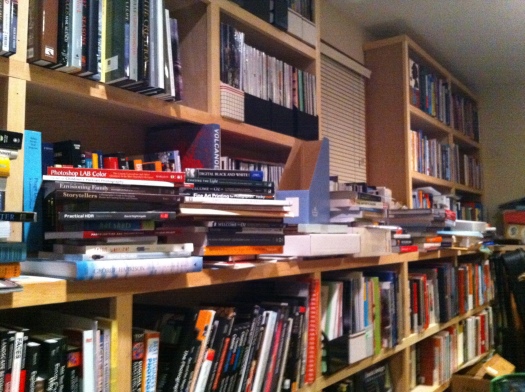I wanted to thank everyone for the comments last week – it’s nice to hear that many of us are on the same path. I particularly appreciated Sabrina Henry highlighting Ray Ketcham’s blog post ‘Art is not pointing‘. The post underscores the point quite eloquently that our work is part of a conversation that has been going on for centuries and that we need to have an appreciation of the ideas and issues that have been explored if we are to be part of that conversation. Well worth a read!
As I continue to paddle around looking for connections and parallels in the work of others I’ve been thinking about other art forms particularly writing. The similarity between writing and photography has been noted by others but continues to amaze me. For instance take a look at Stephen King’s book ‘On Writing’, every time he mentions writing substitute photography and you’ll have a great guide to the photographic life.
If I were to pick a genre of writing that my photography is most like it would be poetry – ‘Visual Poetry’ anyone? Chris Orwig of course wrote the book on ‘Visual Poetry‘ – it’s not only a great read but also contains lots of useful exercises.
If we pick up the what is the purpose of art question from last week and ask ‘Why Write Poetry’ and ‘Why Read Poetry’ and then looking to the interwebs for an answer there are a number of interesting interviews with poets that have useful things to say. This interview with Jane Hirshfield in particular resonated strongly with me. There were a couple of points where I really felt as though she was in my head. I’ve been trying to articulate my thoughts about what I’m looking for in my photographs – an image that surprises me, while it makes sense to me is hard for other people to grasp. Hirshfield says of poetry:
‘Poetry is a release of something previously unknown into the visible. You write to invite that, to make of yourself a gathering of the unexpected and, with luck, of the unexpectable.’
This is captures what I’m trying for with my images in a way that I’ve never before been able to say. There are more juicy bits in this interview such as:
‘One reason to write a poem is to flush from the deep thickets of the self some thought, feeling, comprehension, question, music, you didn’t know was in you, or in the world.’
‘You can’t write an image, a metaphor, a story, a phrase, without leaning a little further into the shared world, without recognizing that your supposed solitude is at every point of its perimeter touching some other’
‘…good art is a truing of vision, in the way that a saw is trued in the saw shop, to cut more cleanly. And that anything that lessens our astigmatisms of being or makes more magnificent the eye, ear, tongue, and heart cannot help but help a person better meet the larger decisions that we, as individuals and in aggregate, ponder.’
All of this is starting to make me feel a little more comfortable with a role for my work, certainly in the creation of it, as a tool to connect more deeply with the world in general.
As always I appreciate your thoughts and comments and would be delighted to hear what you make of all this.

